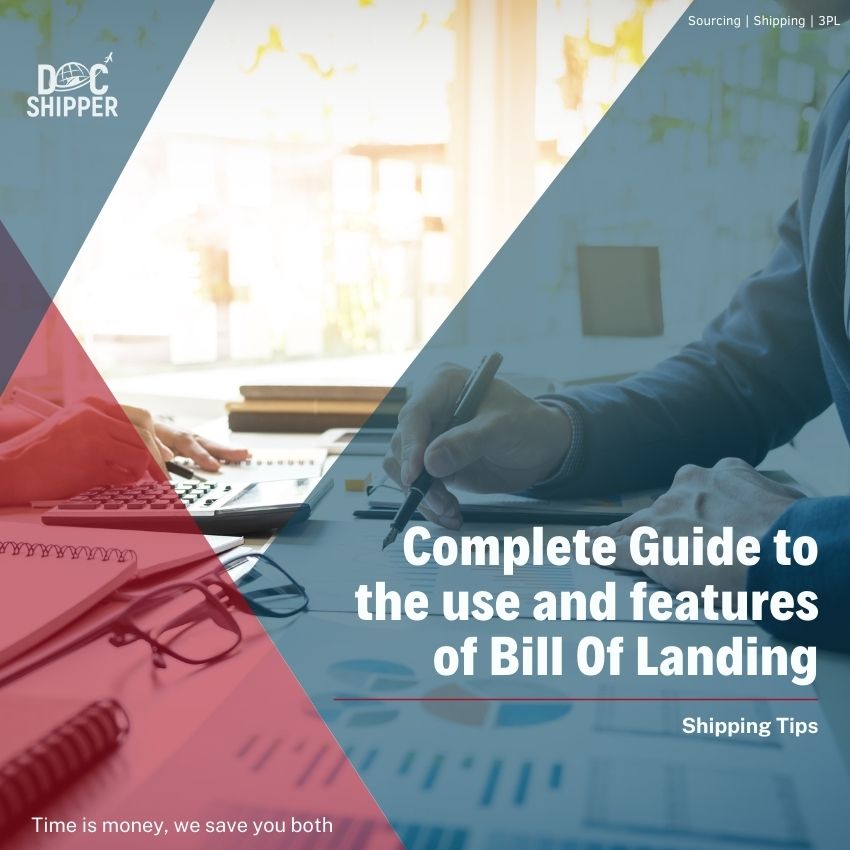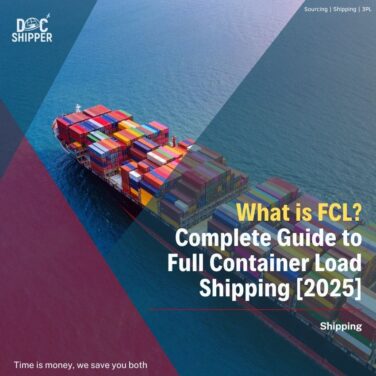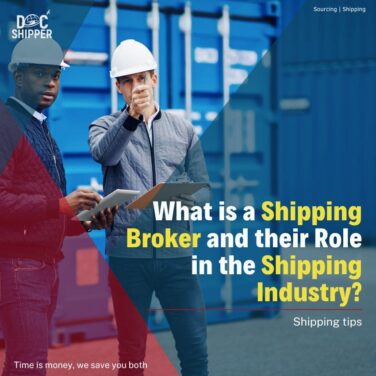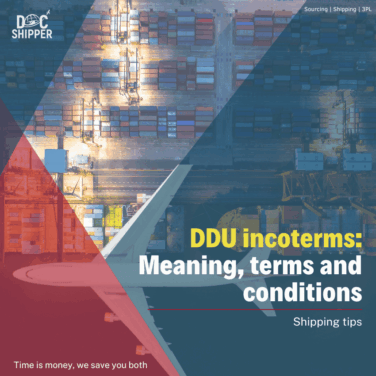People who work in the shipping industry are familiar with the definition of Bill of Lading and its abbreviations, which are also known as BL, BOL, or B/L.
The Bill of Lading is just a great reference for newcomers to shipping that specifies the kind, quantity, and direction of the goods being transported, as well as the transporter’s, and recipient’s contact information.
To avoid any risk of faulty information or a failure to communicate between the parties to the contract, all parties involved in the shipping activity receive the details of the BOL.
What is the purpose and function of a Bill of Lading (BOL)?
There are 3 main functions of Bill of Lading:
- It works as a transportation contract between the shipper and the shipper.
- He issues a receipt for the goods that has been shipped.
- It is the title of ownership of the merchants’ goods.
The Bill Of Lading is a legal instrument that protects importers and exporters (importer-exporter) from fraudulent claims and losses. It’s also a legal agreement whose terms have been agreed upon by all people concerned, and it serves as a legal declaration in the event of a dispute.
Siam Shipping Tip
DocShipper Advice : Our export import team will provide you with the documents necessary to organize the transport of your goods. I invite you to contact us.
What are the types of Bill Of Lading (BOL)
There are several sorts of Bill of Lading, each with its own set of contractual terms, that are used in various shipping scenarios.
There are 18 common forms of Bill of Lading:
Master Bill of Lading
The Master Bill of Lading provides a transportation line to a trucking company, as well as services to business owners or the operator of a shipping vessel.
In general, your transport or courtier will use this sort of BOL, which provides detailed information about your shipment and is frequently used.
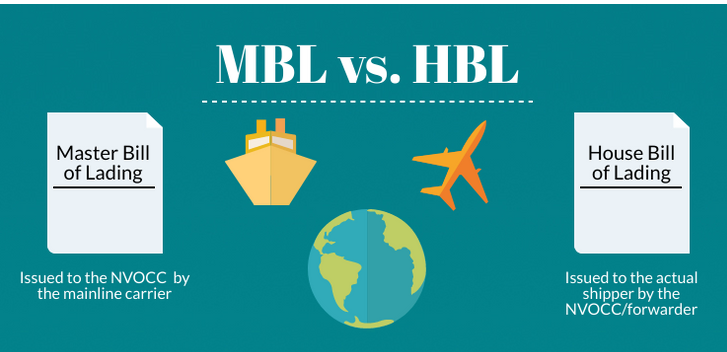
House Bill of Lading
This sort of BOL, also known as transitory Bill of Lading, is supplied to customers by the broker, freight forwarder or common carrier without a vessel or vessel operation (NVOCC).
Open Bill of Lading
The term “Open Bill”, also known as “negotiable Bill” refers to the ability to transfer goods from one recipient to another with the requirement that the recipient’s name be present. The destination is a predetermined portion by the transporter, a bank, or the importer of goods.
Order Bill of Lading
This form of common bill specifies the delivery of the cargo to the party determined by the sender. To ensure the safety of the delivery, the shipper or mediator must confirm that the order has been received. It’s the most common sort of bill in the world, also known as negotiable bill.
Bearer bill of lading
The cargo will be delivered to whoever has the bill of lading, whereas the consignee may be unidentified at first or negotiated after the freight is delivered. For large cargoes issued in smaller quantities, a bearer bill of lading is utilized.
Straight bill of lading
A non-negotiable bill of lading is a popular form of bill of lading that assigns the cargo to a specified individual. Neither the endorser nor the endorsee are given precedence when claiming custody of the delivery.
The consignee is usually required to make any advance payment before receiving the products, depending on the requirements of the destination country. Depending on the circumstances, they may or may not be needed to present the original bill at the time of delivery.
Shipped bill of lading
This typical sort of bill of lading is produced after the cargo is on board, connecting the vessel’s owner to the carrier.
Airway bill of lading
This form of common Bill of Lading is required by an airline or a transportation company. It is often not negotiable, unless the shipment is sent on the shipper’s order.
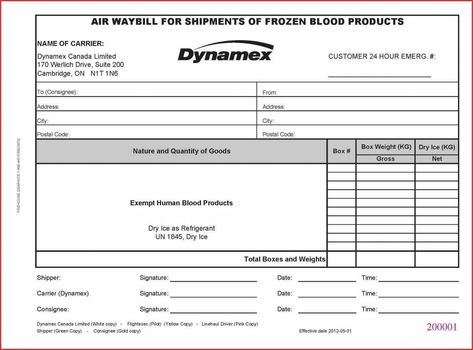
Ocean bill of lading
This sort of bill of lading aids goods transportation by ocean freight, both nationally and internationally.
Inland bill of lading
The carrier can only deliver it by land (road or rail) inside the country’s boundaries, with an inland bill of lading.
Received for shipment bill of lading
This sort of Bill of Lading was provided by the carrier to indicate that the items had been received but had not yet been placed onto the ship or transport vessel. When a vessel is late, it is used as a temporary BOL until the cargo is loaded, at which point it is replaced by a Shipped BOL.
Clean bill of lading
The cargo is loaded in good condition if the bill of lading is clean. However, the packaging and contents of the items cannot be declared damaged. If the package is damaged or the amount is missing, a Dirty BOL is replaced.
Dirty bill of lading
This standard bill of lading permits the shipowner to declare the cargo’s condition if he discovers damaged cargo, an erroneous number of items listed, or major packing damage, among other things.
Through bill of lading
The straight Bill of Lading is a legal statement that defines that the cargo crosses regional and global borders directly and that it may be transferred from one fulfillment center to another using several means of transportation. It is also necessary to present a BOL terrestrial or marine, depending on the final stop of the shipment.
Combined transport bill of lading
This sort of BOL, also known as a multimodal transport BOL, is a typical type of bill of lading that indicates that the goods will be shipped using at least two modes of transportation.
Direct bill of lading
This BOL applies to shipments that are both delivered and delivered by the same vessel.
Stale bill of lading
When the cargo arrives at the port before the bill of lading, this type says that the bill of lading is regarded “stale.”
Surrender bill of lading
An exporter sends this sort of bill of lading to an importer once the shipment is received to certify the transfer of ownership.
How might a bill base be used to benefit all parties involved in global trade ?
When goods are sold and payment terms are agreed upon between the buyer and the seller, Bill of Lading plays an important role in international commerce according to the Incoterms®. Buyers and sellers frequently agree to send a check to the supplier and then settle the sale after the BOL is received.
It refers to the point at which the items have been shipped and the dispatcher has received the carrier’s notification (B/L). To prove that the goods have been shipped and to request payment of the sale, the shipper sends an electronic “copy” of the acknowledgement and other shipping documentation to the buyer.
Furthermore, the charger will retain legal ownership of the cargo by retaining the original title to the Bill of Lading. The charger will use it as a guarantee to confirm receipt of the merchandise sale payment.
To establish letters of credit (L/C) with parties and banks, exporters and recipients need to know what they’re doing. Letters of credit are agreements between the sender and the recipient’s banks that guarantee the payment of “on-the-spot” purchases.
Once the buyer has received payment for the item, the shipper notifies the company and requests an Instant Releases or Telex Release from the shipping company.
This Bill of Lading of rapid release allows the buyer to take control of the products without having to wait for them to arrive.
What are the benefits of Bill of Lading ?
Receipt of goods is contingent on Bill of Lading. It also plays a crucial role in shipments, as it is impossible to convey something without knowing what it is.
To get from source to the destination, you’ll need to know what you’re doing. It’s a set of legally binding paperwork that guarantee the ownership of transported goods in most cases. The role of a title to the goods is also covered by the bill of lading.
After the goods get there, the Bill of Lading serves as the title of ownership for the goods. The recipient* listed on the document must present it to the transporter in order to get the shipment’s mainline and reclaim the property. It’s a proof od the delivery.
*On the basis of current Bill of Lading, only the named recipient has the contractual right to request the carries’s release.
The BOL ensures that the dispatcher’s invoice and payment data are correct (the Bill of Lading also ensures that the dispatcher gets paid).
In some cases, the charger may be able to keep the underlying Bill of Lading (OBL).
Who makes use of Bill of Ladings ?
Transport companies are frequently the source of new acquaintances. This is particularly relevant to businesses that move goods abroad, sea, rail, or road. They also include drivers, transitives, marine companies, etc… . They require Bill of Lading for both domestic and foreign deliveries.
What are the elements that must be included in the BOL ?
If you want to know what should be on the BOL, you must first understand this section.
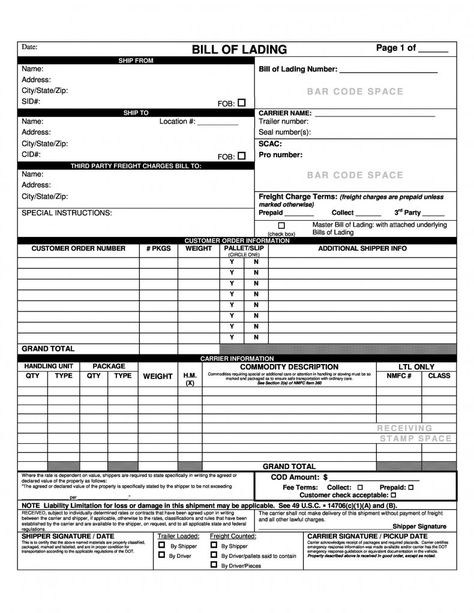
Once the payment is done, the following information may be found in a BOL :
- Name and address of the sender
- Name and address of the intended recipient
- Order number or reference number
- Enslavement dates
- Descriptions of the goods order (number of items, size, type of shipment, etc.)
- Ponds (brute, net, and tare)
- Details about the packaging
The recipient does not have access to his or her articles, since the payment has not been made and the Bill of Lading has not been released.
The volume of data about the those from is filled in by the transporter. As just an expéditeur, that is your responsibility to provide up-to-date data to the transporter and to ensure that each detail mentioned is true.
Siam Shipping Tip
DocShipper Advice : Are you having trouble with your shipping documentation and procedures? Don’t look any further! Our experts can meet your need.
How to Read a Bill of Lading ?
What exactly do the above-mentioned details in such a BOL mean?
Here’s a quick rundown of some of the most commonly used terms to help you understand what you’re reading:
Names and addresses: The name and address of the sender must be legible in a Bill of Lading paper.
Ordering codes or reference numbers: They are required for the enslavement and delivery.
Special guidelines: Special applied methods for the integrity of the package to be ensured.
Enslavement start dating: The date of enslavement is set at the arrival of the goods.
Items’ descriptions: She specifies the number of goods, their size, and weight, as well as other details about the equipment.
That’s a bag that’s used during the shipping process. Box, cases, pallets, and cuts, for example.
NMFC Code: It corresponds to the shipment’s fretting type, which is based on density, ease of handling, responsibility, and value.
The Ministry of Transportation’s hazardous material disposal facility is located at: Where should hazardous materials be declared, but what storage procedures were required ?
BOL Number: The BOL Number is provided by the BOL Meter.
Advice about how to correctly complete a Bill of Lading
Be cautious before signing any legal instrument, and the Bill of Lading is no exception. Before signing, almost double following details:
- The shipper’s coordinates, the destination, and also the time of the shipment’s arrival
- Current State of the Markets Discharge port
- Shipment weight and kind
- Worrying circumstances
- Ascertain that the paper does not include any false statements. The terms of the agreement must be clear and not work against you.
Who is the one who is in charge of spreading the word?
A transporter is required to have Bill of Lading. When the dispatcher hands over the goods to the transporter, he leaves a note. The transporter is in responsible of the whole transportation process, from loading through delivery.
Who is the one who is informed ?
The Bill of Lading involves these actors:
- The Shipper: person in charge of shipping.
- The consignee: who purchases receives the goods.
- The Carrier: The merchandise will be shipped to the carrier through a shipping company.
What is the definition of a BOL ?
Typically, a notice is issued via expedition, container, or truck loading, but this depends for your needs as an entrepreneur – the purchase order, the sort of merchandise you provide, the letter of credit, as well as a variety of other factors all play a role.
As a result, it’s conceivable that your shipment has more than one BOL, whether it’s two full charges under one BOL or one full load under two BOL.
Is there a date on which the Bill of Lading is signed?
To meet the above objectives, a BOL must be signed at many distribution centers during the supply chain:
By the party or seller who participates in the shipment of goods,
Remember that before signing the BOL paperwork, the fret must be double-checked. The’s signing you to double-check that all of the data – quantity, condition, and so on – is right. If a party signs the BOL for a debt without specifying the excesses, shortages, or damages, she may have limited remedies.
When the last sign is completed, a BOL becomes a POD (proof of delivery). Even if the recipient signs that everything arrived in good condition, he or she cannot claim that something was wrong or damaged the next day.
His autograph acts as an important validation, confirming that the order is valid and complete. After this moment, the driver/chauffeur is no longer liable for any damages.
How much does it cost to get Bill of Lading?
To figure out how much a Bill of Lading costs, you must first understand that the fees are paid by the merchandise transporter when the BOL is released.
Siam Shipping Tip
DocShipper Advice : Do you want to learn more about the shipping industry? We’ve helped over 10,000 people become businesses, and you may be the next! Fill out our form and get a free quote!
Final Thoughts:
There’s a lot to learn about it because it’s essentially a service agreement between you and your provider of goods delivery companies. Follow the instructions above to effectively manage your shipping business. DocShipper assists all motivated importers and exporters in managing their businesses. We’ve helped over 1000 exporters thus far, and we’d want to help you as well.
Siam Shipping Tip
DocShipper Advice : You want further information about sea freight ? Check our website Docshipper
FAQ | Complete guide to the use and features of Bill of Lading
Read more
Looking for more? These articles might interest you:
DocShipper info: Do you like our article today? For your business interest, you may like the following useful articles :
Need Help with Logistics or Sourcing ?
First, we secure the right products from the right suppliers at the right price by managing the sourcing process from start to finish. Then, we simplify your shipping experience - from pickup to final delivery - ensuring any product, anywhere, is delivered at highly competitive prices.

Fill the Form
Prefer email? Send us your inquiry, and we’ll get back to you as soon as possible.
Contact Us





